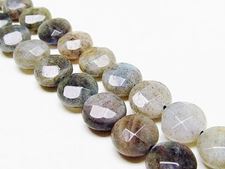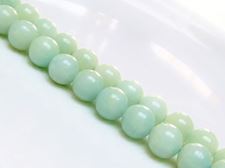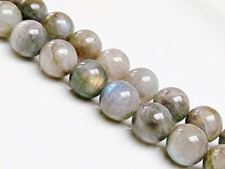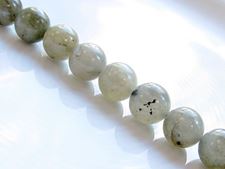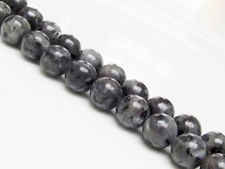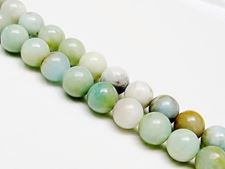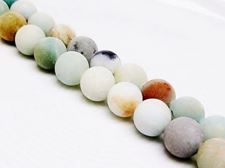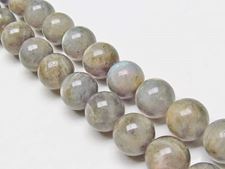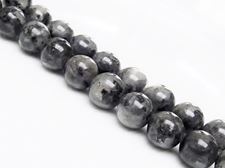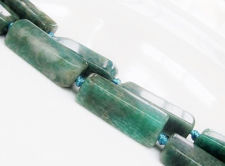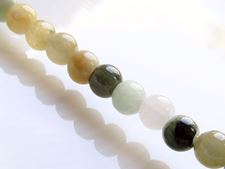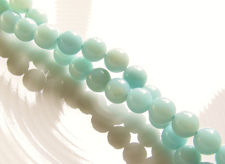- Shop per Size
- Shop per Shape
Amazonite, Labradorite and Larvikite beads
Labradorite has a characteristic iridescence of blue, green, red and yellow, called adularescence or Schiller effect. It is caused by the refraction of light in the crystals of the cleavage planes. The name Labradorite comes from the discovery site, viz. Labrador in Canada.
It is said that this gemstone promotes self-worth and friendship.
When Larvikite, the little brother of Labradorite, is polished, it obtains the same silver blue sheen as Labradorite, with the difference that it belongs to three end members of the feldspar group and that it contains less quartz. This type of igneous rock, often rich in titanium, is found in Larvik, Norway.
Larvikite is said to be the stone of transformation that improves the inner strength to adapt.
Amazonite or Amazon stone belongs to yet another series of the feldspar family. Although it does not appear to be found in the Amazon region, it got its name from the river. It is a green, green-blue potassium feldspar that owes its color to tiny lead impurities. Amazonite has a wonderful silky or silvery luster.
It seems that amazonite fluctuates between male and female energies and opens the door to feelings. Therefore, it is a stone that helps to see both sides of a problem and that promotes artistic skills.




